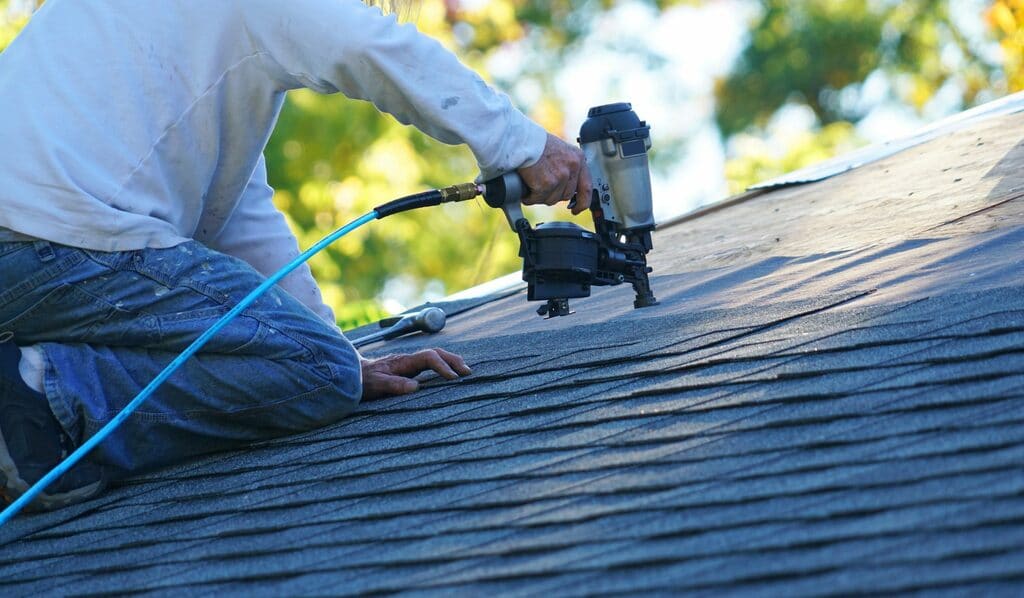Common Roofing Systems Misconceptions Debunked

In the realm of roofing, false information can often cause bewilderment and lead to costly errors. Homeowners may find themselves inundated by the various choices and guidance available, which can sometimes perpetuate myths about roofing materials, the installation process, and roof maintenance. This article aims to debunk some of the most common roofing myths that can cloud judgment and hinder informed determination.
From understanding when to get a new roof to identifying the signs that you need repairs, having correct information is vital for upholding your home's integrity. We will discuss multiple topics, like roof lifespan, the methods of installation, and the real costs related to roof projects, all while providing understanding on outdated notions that might be obstructing your roofing knowledge. Whether you're considering a new roof or merely wishing to lengthen the lifespan of your current roof, this guide will assist you in navigating the myths and equip you with the information you require. spintax ### When to Change Your Roof
Determining when to swap out your roof can feel daunting, however, there are several key indicators to look at. One of the most obvious signs is age. Most roofing materials have a lifespan between 20 to 50 years, according to the type chosen. If your roof is approaching the end of its expected lifespan and you are observing frequent leaks or apparent wear, it may be time to start planning for a replacement.
An important factor is the condition of your shingles. If you notice missing, cracked, or curled shingles, this can significantly compromise the integrity of your roof. In addition, shingle granules collecting in your gutters can signal that your shingles are deteriorating. These physical signals are often forerunners to more severe issues, such as water damage in your home. If such signs are present, it’s a good idea to consult a roofing professional.
Finally, consider any recent storm damage. Severe weather can cause destruction on your roof, resulting in missing sections, punctures, or other major issues. If Commercial roofing Kearney has gone through a particularly harsh storm, it’s important to inspect your roof thoroughly. Even minor damage can increase if not addressed promptly. In such cases, expert assistance might be necessary to evaluate if repairs will be satisfactory or if a full roof replacement is the better choice.
Common Roofing Problems and Fixes
One of the most frequent roofing problems is leaks, which can not only cause damage from water but also lead to mold and mold growth. Property owners should regularly inspect their roofs for signs of damage, such as missing shingles or broken flashing. If you detect a leak, it’s crucial to address it promptly. Short-term fixes may involve using roofing sealant to minor leaks, but it’s often best to call a contractor to determine the scope of the damage and carry out a thorough repair.
Another regular issue is rooftop deterioration due to weather effects, such as heavy rain, snow, or hail. https://output.jsbin.com/basofulira/ can cause shingles to crack or become loose, leading to possible leaks. To mitigate this risk, homeowners should invest in routine maintenance, including clearing debris, checking gutters, and ensuring proper drainage around the roof. Additionally, using products designed for your climate can significantly enhance the durability of your roof against extreme weather.
Finally, insufficient attic ventilation can lead in significant roof issues by causing heat and moisture buildup. This can lead to ice dams in winter and can cause the roofing materials to age too fast. Property owners can correct this problem by ensuring that their attic has sufficient ventilation, such as soffit vents and ridge vents, to promote air circulation. Regular inspections can help discover ventilation issues, ensuring that the roof remains in great condition for an extended period to come.

Picking the Correct Rooftop Option
Selecting the appropriate roofing material is crucial for securing the lifespan and resilience of your rooftop. Distinct options offer multiple pros and drawbacks, so it’s important to consider factors such as weather, aesthetics, and cost before making a choice. Popular roofing options include asphalt tiles, steel, ceramic, and wood shakes. Each option has its own characteristics, which can impact not only the aesthetic of your home but also its energy efficiency and upkeep needs.
When considering your options, consider the specific needs of your house and area. For example, if you live in an area prone to heavy precipitation or snow, options like metal or ceramic may provide greater safeguards compared to bitumen shingles, which can be more susceptible to moisture issues. On the flip side, if you desire a timeless look and have a greater budget, stone or timber shake rooftop might be the most suitable fit. Always take into account how much work you’re prepared to invest in maintenance and renovations as well.
In conclusion, don’t forget to factor in the cost-effectiveness of your chosen material. While some roofing options may have a reduced upfront price, alternative options might save you cash in the long run due to lower upkeep and energy bills. Talking with a roofing expert can help you understand your options and ensure that select the material that ideally aligns with your house's requirements and your budget.
